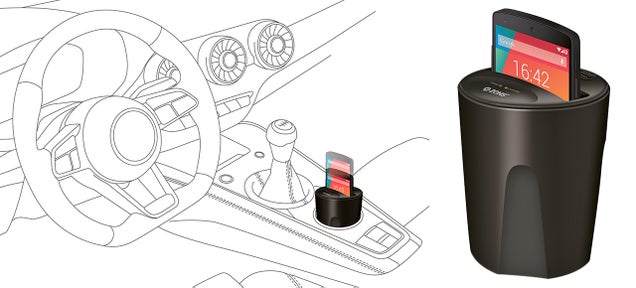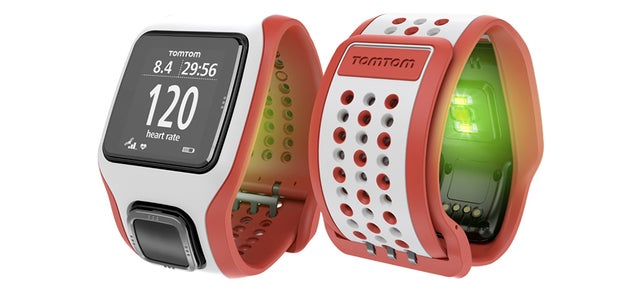Sony has overtaken ace rival Apple to emerge the second largest smartphone brand in India in value sales, thanks largely to its strategy to focus on the Rs 10,000-20,000 smartphone space, backed by Rs 300-crore marketing spend.
According to latest data from market tracker IDC, the Japanese electronics major garnered 9.1% value share in the Indian smartphone market in the October-December quarter of 2013 against Apple's 7% share. Samsung dominated the market with 43% value share.
IDC India senior market analyst Manasi Yadav said Sony's strong positioning in the mid-tier smartphone space of Rs 10,000-20,000 price band has delivered results for the company. "Some of the top selling models for Sony are Xperia M Dual and Xperia C priced in this bracket, which is one of the fastest growing segments in the Indian smartphone market," Yadav said.
The CEO of a leading mobility device retail chain said Apple lost out since it withdrew its largest selling model, iPhone 4, from India as a global decision thereby vacating the sweet spot of Rs 20,000 pricing. "While this loss of sales prompted Apple to relaunch iPhone 4 once again in India in January, sales have not picked up since it is not at all spending on marketing or offering any buyback offer and even the initial euphoria around iPhone 5S has sobered down," the person said.
Analysts, however, said Sony's share in the smartphone market may have slid in the January-March quarter, with Nokia venturing into Android phones with its aggressively priced X series, Apple relaunching iPhone 4 and Micromax rolling out a new range of Canvas phones. IDC will release its figures for the January-March quarter in May or June.
India is one of the rare markets outside Japan where Sony has achieved major success in the smartphones. Kenichiro Hibi, managing director at Sony India, said the company's smartphone business has attained similar revenues as its flagship television business in the fiscal ended March 31. The two businesses contributed around 70% to the company's turnover of about Rs 10,000 crore during the year.
"However, smartphone business will overtake television business in sales this fiscal year," Hibi told ET. "For us, both television and smartphone will be the main pillars to continue the pace of growth in India," he said.
Hibi said the company is poised to further grow its share this fiscal with flagship Xperia Z2 ready for launch this quarter. "The smartphone business doubled in last one year which led to 20% growth in overall sales in 2013-14. We expect to grow at a similar pace this fiscal as well to touch Rs 12,000 crore sales," he said.
Indian brands such as Micromax, Karbonn and Lava have notched up significant share in the smartphone volume sales. While Samsung had 38% market share by unit sales in the October-December quarter, Micromax is second with 13% share. Sony's volume share was 5.5% while Apple's was 2%.






